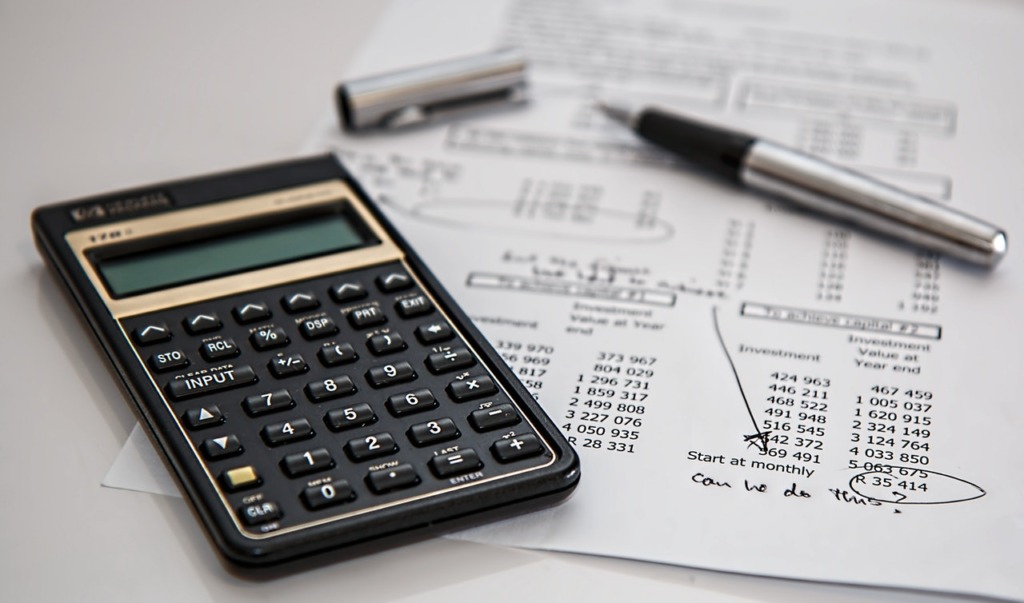

Making investments and trades in the share market is one of the best ways to earn extra income. There are plenty of people who consider this way to be very hard. But, in fact, you only have to make a firm decision.
It’s best to make decisions in the morning as all humans suffer from decision fatigue. The phenomenon means that the more tired you are, the less likely you are to make a good or difficult decision. This was proved by the study conducted at Ben-Gurion University.
So if you are young and ambitious, everything is upon you. Don’t waste time! Now it’s time to learn how to enter the share market. The first thing is to find a suitable broker.
Some ideas on how to find a broker
There are two main stock exchanges in India: the Bombay Stock Exchange (BSE) and the National Stock Exchange (NSE). They are both located in Mumbai, but BSE is much older and larger in terms of the number of listed companies. Some stocks are available on either BSE or NSE. So when selecting a broker, try to choose one that offers trading on both exchanges.
Among other important conditions, it is worth mentioning trading commissions, the quality of technical support for clients, and, most importantly, the broker’s reputation and reliability!
Accounts required to start investing

There are three accounts that are needed to buy and sell shares:
- Demat account
- Trading account
- Linked bank account
A demat account stores the shares acquired by the investor in digital form. It also increases the reliability of investments and serves as protection against scammers. This account is opened in the depository through an authorized company: a broker or a bank.
There are three types of demat accounts:
- Regular demat account
- Non-repatriable demat account
- Repatriable demat account
A regular demat account is the best choice for residents of India. It is handled by depository participants, such as stockbrokers. Every broker in India is registered with one of the two depositories: National Securities Depository Limited (NSDL) or Central Depository Services Limited (CDSL).
The rest of demat accounts are meant for non-resident Indians. The difference among these accounts is that only repatriable demat accounts allow the transfer of an investor’s funds abroad. But in that case, the investor needs to have a non-resident bank account. There are also so-called 2-in-1 accounts that combine the functionalities of demat and trading accounts.
A trading account is an account to perform all of the financial transactions with buyers and sellers of shares. If there are not enough funds on it, the transactions are impossible. That’s why, before you start trading, you need to fund your trading account.
Linking a bank account to a trading account is necessary for depositing and withdrawing funds. In general, these are different accounts. However, there are options in which it can be the same account. Some brokers allow you to combine all the 3 types of mentioned accounts in one account. This is especially true for banks providing brokerage services.

Documents needed to open demat and trading accounts
The exact set of obligatory documents required to open demat and trading accounts may vary from broker to broker:
- PAN Card
- Aadhaar card or another document to verify you reside in India
- A canceled check with your name on it from your bank account
- A bank mandate verification
- Photographs in the passport format
The essential document for opening demat and trading accounts is a PAN card, as it’s required to pay taxes on income from investment activities.
The Aadhaar card is a 12-digit unique identification number (UIN) that verifies Indian residency. This card is not a necessary identity card, but many brokers request it as an additional document to verify the investor’s residency. You may also use an Indian resident passport or voter ID card instead of an Aadhaar card. However, an Aadhaar card is mandatory for any financial transaction exceeding Rs. 1 lakh.
Conclusion
Now that you have learned how to enter the share market, you can see it’s quite simple. Of course, this doesn’t mean that everything will work out for you from the very first trades. Investing is an art and it requires practice and discipline. But you have to start somewhere! The main points are to use risk management techniques and to make your own decisions, regardless of any advice and recommendations.








